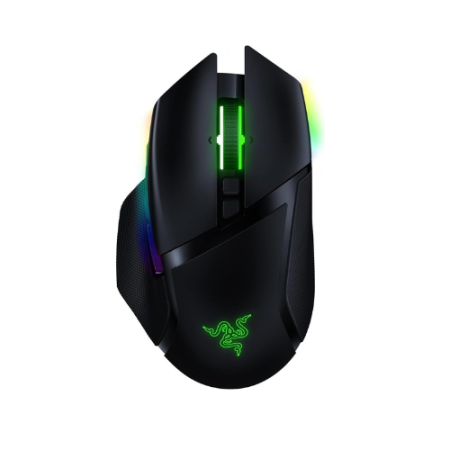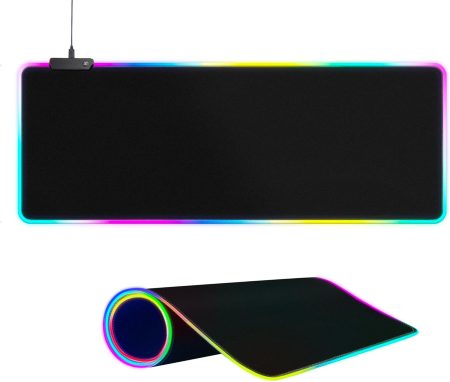Properly installing drivers for your motherboard is essential for stability and optimal system performance. Whether setting up a new computer or upgrading one, installing motherboard drivers can seem intimidating if you do not have any experience. However, do not worry; we’re here to help you out.
Whether you’re a tech-savvy individual or a computer enthusiast, this blog has all the information you need to get your system running at its best. In this article, we’ll walk you through the process, starting with determining your motherboard model and ending with verifying the installation. By following this guide, you’ll be able to get your motherboard drivers installed and working smoothly in no time.
Importance of Installing Motherboard Drivers
Motherboard drivers are a vital part of any computer, regardless of the scale or cost of your system. These drivers instruct various hardware components, such as the processor, memory, and storage, to function correctly and communicate with the operating system.
One of the key reasons why it is essential to install motherboard drivers is that different motherboards have different architectures. This means that the drivers required for one motherboard may not be compatible with another. It is, therefore, necessary to obtain the correct drivers for your specific motherboard model and install them on your system.
Whether setting up a new PC or upgrading an existing one, installing motherboard drivers is necessary. These drivers link all the hardware in your system to the motherboard, allowing them to function together seamlessly. Without the essential motherboard drivers, your system may not perform optimally or may not function at all.

Installing Motherboard Drivers
Now, let’s look into the different steps of installing a motherboard. Follow these steps correctly for the best results.
Step 1: Find the Model of Your Motherboard
To install the correct motherboard drivers, you need to identify the model of your motherboard. You can find this info on its documentation or on the manufacturer’s website. Also, you can physically look into the board to find its model number. Furthermore, third-party scanners detect the motherboard model, like CPU-Z.
You can run the command “msinfo32” in the Windows operating system in the Run utility (Windows + R). A new window will appear, look out for “System Model” to find your motherboard model. Similarly, on an Apple device, press the Apple icon on the corner of your screen. There, you can find the model in the “Serial number.” Lastly, on Linux, open the terminal and enter “demicode -type baseboard” to find the serial number of your motherboard.
Step 2: Download the Drivers
Once you have determined the model of your motherboard, you can visit the manufacturer’s website and search for the latest drivers. We advise only downloading the chipset drivers from the official manufacturer’s website to prevent mishaps.
Also, the manufacturers often provide a CD or USB stick while setting up the system. Modern operating systems have fundamental drivers to operate the motherboard, so you don’t have to worry.
Step 3: Install the Drivers
First, download the chipset driver file of your motherboard to your computer. Next, extract the files to a folder on your computer. Once you have extracted the files, open the folder and locate the setup file, which typically has a filename ending in .EXE. To begin the installation process, double-click the setup file.
The process is similar if you install motherboard drivers from a USB drive or CD. First, insert the USB drive or CD containing the drivers into your computer’s free USB port or CD drive. Then, open the folder on the USB drive or CD that contains the drivers and locate the setup file. Double-click the setup file to begin the installation process.
Step 4: Verifying the Installation
To verify that motherboard drivers have been correctly installed in Windows, you can use Device Manager. First, open the Start menu and search for “Device Manager” to see a list of categories representing different types of devices connected to your system.
Expand the category of the kind of device you want to verify. If you see any devices marked with a yellow exclamation, it indicates a problem with the device or its drivers. If you do not see any devices with these warning symbols, the drivers will likely be installed correctly.
To verify motherboard driver installation on a Mac, go to the Apple menu and click “About This Mac,” then click the “System Report” button. In the System Report window, choose “Hardware” from the left sidebar and select the category for the type of device you want to verify. Any devices listed as “Not Configured” or “Not Supported” may indicate a problem with the drivers. If none of these devices are present, the drivers will likely be installed correctly.
To verify motherboard driver installation in Linux, open a terminal window and type “lspci,” then press enter. This will show a list of PCI devices connected to your system. If any devices are listed as “unclaimed” or “uninitialized,” it means there is a problem with the drivers. If none of these devices is present, the drivers will likely be installed successfully. However, the lspci may not be available on Linux by default. To install, type “sudo apt install pciutils.”

Frequently Asked Questions
1. Can I install drivers for a motherboard that is not the exact model?
No, installing drivers for a motherboard different from your own is not recommended. Motherboard drivers are designed to work with specific hardware and firmware, and using additional drivers causes problems with your system. Getting the correct drivers for your particular motherboard model is essential to ensure optimal system performance.
2. How to check if my motherboard drivers are updated?
It is essential to keep your motherboard drivers up to date to ensure system stability. You can visit the manufacturer’s website to check if you have updated your drivers. Additionally, you can use a driver update tool, check the Device Manager in Windows, or check for system updates.
3. How can I install drivers without a CD?
To install motherboard drivers without a CD drive, download them from the manufacturer’s website or a USB drive. Visit the manufacturer’s website. Search for your mobo’s model to find the available drivers. Download the drivers to your computer and follow the instructions to install them. Similarly, for a USB drive, first, download the drivers and copy the files to the USB stick. Insert the USB drive and follow the instructions to install the drivers.
4. What can I do when I come across an error while installing?
If you encounter an error while installing a motherboard driver, you can try troubleshooting the issue by following the steps provided in the error message. You can also try to re-download and try to install it again. If you can’t resolve the problem, you need to contact the manufacturer.
5. Can I update my motherboard drivers using Windows Update?
Although you can update your motherboard drivers through Windows Update, it is usually best to get the latest drivers directly from the manufacturer’s website. This is because Windows Update may only sometimes provide your specific motherboard model’s most current or compatible drivers. To ensure your system performs and stays stable, it’s a good idea to check the manufacturer’s website for the latest available drivers and install them directly.
Final Verdict
We hope this article is helpful for you in installing motherboard drivers on your computer. Installing motherboard drivers is essential for maintaining your computer’s proper functioning. You can successfully install the necessary drivers for your motherboard by following the steps mentioned above.
Additionally, it’s a good idea to check regularly for available updates to your motherboard drivers. Also, correctly installing and maintaining your motherboard drivers helps you avoid hardware issues affecting your computer.














